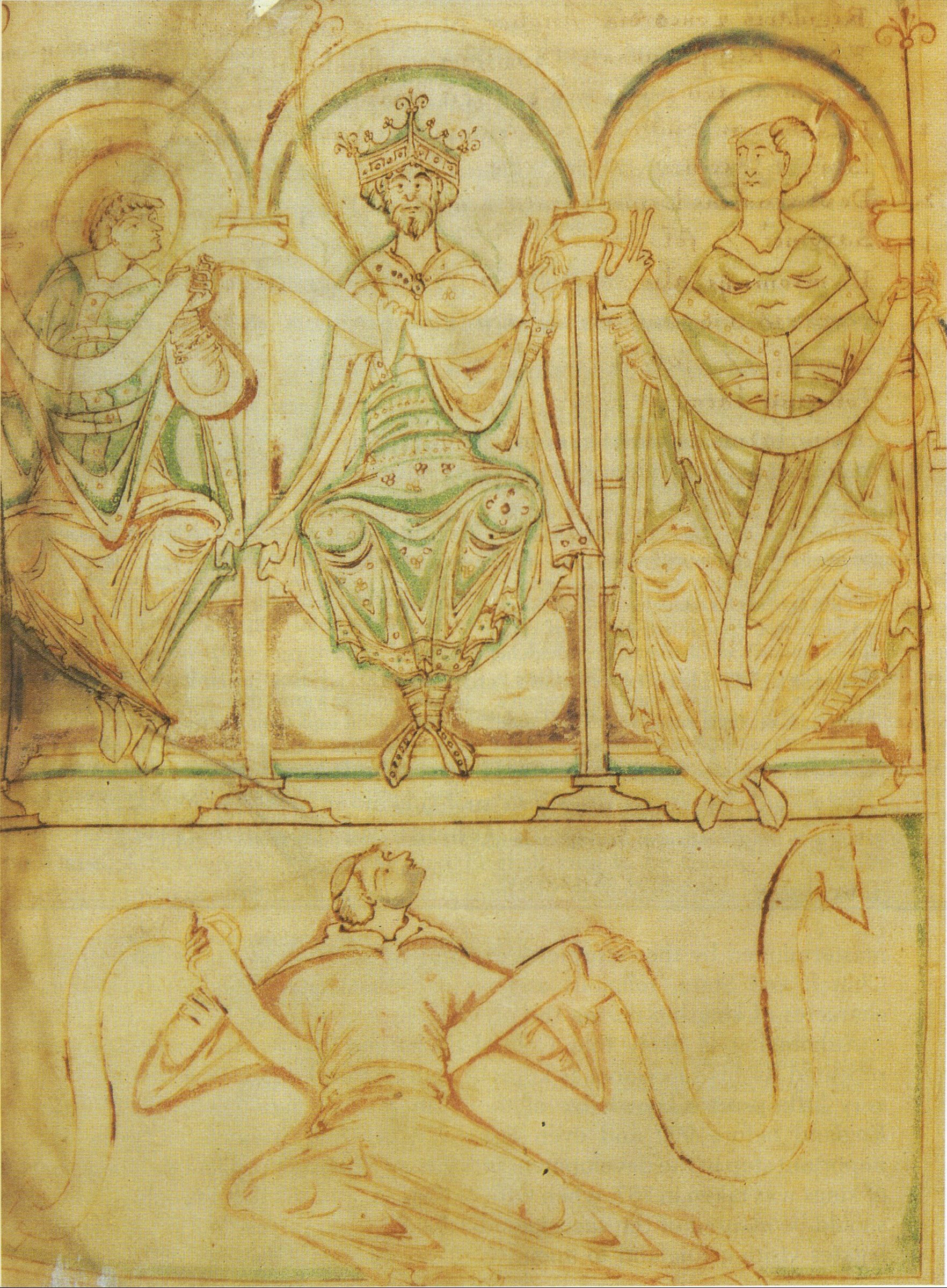|
Cape Rouse
Cape Rouse () is an ice-covered cape 8 nautical miles (15 km) east of Murray Monolith on the coast of Mac. Robertson Land. Discovered on 12 February 1931 by the British Australian New Zealand Antarctic Research Expedition (BANZARE) under Mawson, and named for Edgar J. Rouse of Sydney, who assisted the expedition with photographic equipment. References Headlands of Mac. Robertson Land {{MacRobertsonLand-geo-stub ... [...More Info...] [...Related Items...] OR: [Wikipedia] [Google] [Baidu] |
Murray Monolith
Murray Monolith is a detached part of Torlyn Mountain in Mac.Robertson Land, Antarctica. It is a steep massif of metasedimentary gneiss and granitic origin, with the adjacent coastline consisting of 40 m high ice cliffs. The monolith is dome-shaped with steep sides, rising to a seaward summit of 339 m and an inland summit of 363 m at Torlyn Mountain. Discovery and naming It was discovered during the British Australian New Zealand Antarctic Research Expedition (BANZARE), led by Douglas Mawson, 1929–1931, and named after Sir George Murray, Chief Justice of South Australia Chancellor of the University of Adelaide and a patron of the expedition. Antarctic Specially Protected Area and Important Bird Area As one of the very few pieces of exposed rock on the East Antarctic coast, together with the Scullin Monolith 6 km to the west, it holds the greatest concentration of seabird breeding colonies in East Antarctica, including 160,000 pairs of Antarctic ... [...More Info...] [...Related Items...] OR: [Wikipedia] [Google] [Baidu] |
British Australian New Zealand Antarctic Research Expedition
The British Australian (and) New Zealand Antarctic Research Expedition (BANZARE) was a research expedition into Antarctica between 1929 and 1931, involving two voyages over consecutive Austral summers. It was a British Commonwealth initiative, driven more by geopolitics than science, and funded by the United Kingdom, Australia and New Zealand. The leader of the BANZARE was Sir Douglas Mawson and there were several subcommanders (Captain K.N. MacKenzie, who replaced Captain John King Davis for the second summer) on board the RRS Discovery, the ship previously used by Robert Falcon Scott. The BANZARE, which also made several short flights in a small plane, mapped the coastline of Antarctica and discovered Mac. Robertson Land and Princess Elizabeth Land (which later was claimed as part of the Australian Antarctic Territory). The voyages primarily comprised an "acquisitive exploratory expedition", with Mawson making proclamations of British sovereignty over Antarctic lands at each o ... [...More Info...] [...Related Items...] OR: [Wikipedia] [Google] [Baidu] |
Edgar J
Edgar is a commonly used English given name, from an Anglo-Saxon name ''Eadgar'' (composed of '' ead'' "rich, prosperous" and ''gar'' "spear"). Like most Anglo-Saxon names, it fell out of use by the later medieval period; it was, however, revived in the 18th century, and was popularised by its use for a character in Sir Walter Scott's ''The Bride of Lammermoor'' (1819). People with the given name * Edgar the Peaceful (942–975), king of England * Edgar the Ætheling (c. 1051 – c. 1126), last member of the Anglo-Saxon royal house of England * Edgar of Scotland (1074–1107), king of Scotland * Edgar Angara, Filipino lawyer * Edgar Barrier, American actor * Edgar Baumann, Paraguayan javelin thrower * Edgar Bergen, American actor, radio performer, ventriloquist * Edgar Berlanga, American boxer * Edgar H. Brown, American mathematician * Edgar Buchanan, American actor * Edgar Rice Burroughs, American author, creator of ''Tarzan'' * Edgar Cantero, Spanish author in Catalan, Spa ... [...More Info...] [...Related Items...] OR: [Wikipedia] [Google] [Baidu] |


